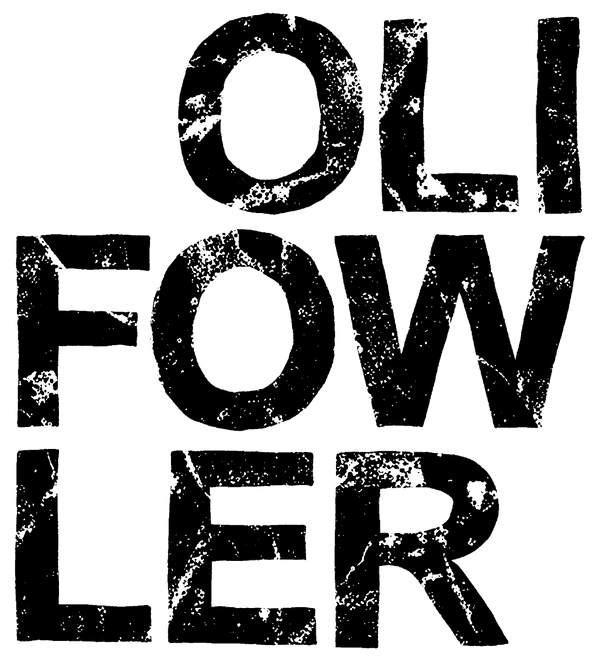
The Push, Not the Spray: How the Ink Actually Gets There
This is the fundamental difference. Think about your standard office printer or even a high-end Giclée printer. They work by spraying millions of microscopic dots of ink *at* the paper. These dots (usually cyan, magenta, yellow, and black) overlap to create the illusion of a solid colour. It’s a clever trick, but it’s still an illusion.
Screen printing is totally different. It’s a physical act. We mix a specific colour of ink, a proper, thick, viscous ink. Then we use a squeegee to push that ink *through* a mesh screen directly *onto* the paper. This lays down a solid, tangible layer of ink. A single, unified block of pure colour. You can often feel it with your fingertips; it has a slight texture, a presence. It's not a suggestion of a colour; it *is* the colour. Each colour in a design requires its own separate screen and its own physical push of ink. It's methodical, it's layered, and it's brutally analogue.
A Lesson in Light: The Chemistry of Colour
This isn't just about how the ink lands, but what that ink is made of. Most high-volume digital printing uses dye-based inks, which are essentially coloured liquids that soak into the paper fibres. They can look great initially, but they are notoriously susceptible to fading from UV light. Ever seen a poster in a shop window that’s turned a bit blue or faded to nothing? That’s what’s happening.
The inks used in screen printing are pigment-based. Pigments are solid particles suspended in a liquid base. They sit on the surface of the paper, creating a far more opaque and vibrant finish. More importantly, they are significantly more lightfast. They are designed to withstand exposure to light and last for decades without degrading. When you're creating a piece of art, you're not making something for a few months; you're making something to last a lifetime. The materials have to be up to the job.
Embracing the Beautifully Imperfect
Here’s the thing a machine can never replicate: the human element. Every single print I pull is slightly different. The pressure I apply to the squeegee, the tiny alignment of the paper, the way the ink settles—it all creates minuscule variations. These aren't mistakes. They are the signature of a handmade process. You might find a slightly thicker ink deposit on one edge or a subtle texture in another. It’s called ‘the artist’s hand’ for a reason.
A digital printer, by design, eliminates this. Its goal is perfect, identical replication, every single time. And that's fine for flyers or mass-produced posters. But for art, those small imperfections are what give the piece its character and soul. They prove it wasn't just a file sent to a machine. At Oli Fowler Art, every print has passed through my hands, been inspected, and carries those tiny marks of its creation. That’s the real value.
So, when you're looking at a screen print, you’re seeing more than just an image. You're seeing a series of physical actions, a careful choice of robust materials, and a craft that values touch and texture over automated perfection. It’s a piece of art in its own right, not just a picture on some paper.
Fancy seeing the results for yourself? Have a browse through the real deal over at the store.
Browse the Oli Fowler Art Store